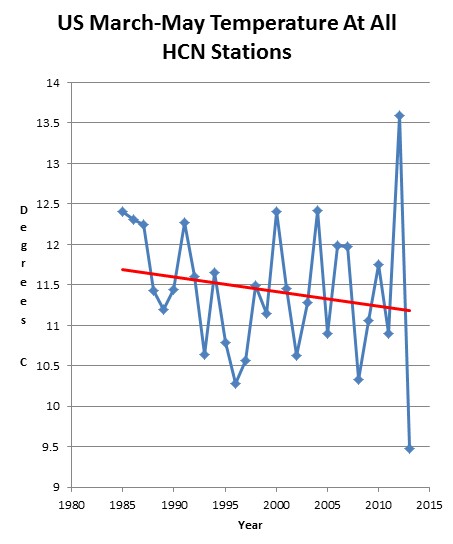ScienceRocks
Democrat all the way!
- Banned
- #1
U.S. Geological Survey: Warmer Springs Causing Loss Of Snow Cover Throughout The Rocky Mountains
By Joe Romm on May 16, 2013 at 7:16 pm
U.S. Geological Survey: Warmer Springs Causing Loss Of Snow Cover Throughout The Rocky Mountains | ThinkProgress
By Joe Romm on May 16, 2013 at 7:16 pm
U.S. Geological Survey: Warmer Springs Causing Loss Of Snow Cover Throughout The Rocky Mountains | ThinkProgress
Melting snow fields in the Rocky Mountains.A new U.S. Geological Survey study finds, Warmer spring temperatures since 1980 are causing an estimated 20 percent loss of snow cover across the Rocky Mountains of western North America.
The USGS explains, The new study builds upon a previous USGS snowpack investigation which showed that, until the 1980s, the northern Rocky Mountains experienced large snowpacks when the central and southern Rockies experienced meager ones, and vice versa. Yet, since the 1980s, there have been simultaneous snowpack declines along the entire length of the Rocky Mountains, and unusually severe declines in the north.


